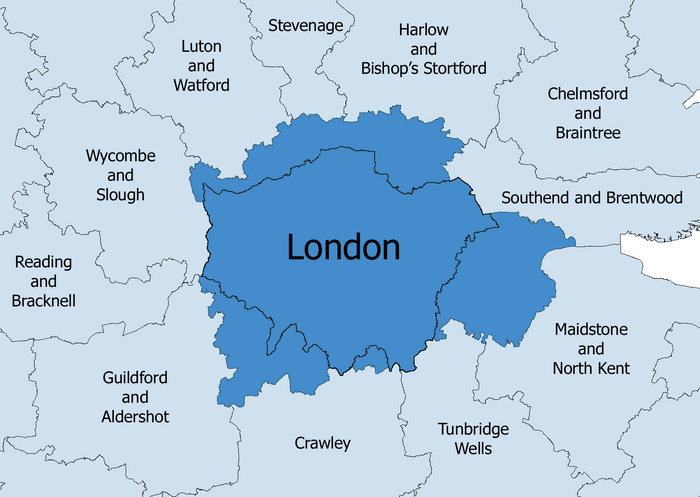I think it was very much a matter of the terms being used. Back in the '50s, no other municipality came even close to the term 'metropolis'. Back then I suppose the words were more important. Now it seems terms such as 'city' and 'town' are pretty flexible. Rockcliffe Park and Vanier (Eastview)were distinct municipalities until they created the single tier City of Ottawa out of the region.
The majority of amalgamations in Ontario coalesced, sometimes locally-driven, over time interspersed with government-driven spurts. The creation of Metro and the original late '60s-early '70s regions were seen as an effort to manage impending growth. The municipal restructuring of the '90s was aimed more at reducing local government. Prior to creating the District Municipality, there was no district-wide level of elected government, similar to what is still currently in place in Parry Sound.
Separating cities from their surrounding county is fairly common. Barrie and Orillia are not part of Simcoe; although you may be correct that I'm sure sure if any city has been created out of part of a county other than perhaps some local expropriation.
Sudbury was somewhat unique in that the surrounding towns were largely centred on a minesite and were, at the time, either still private 'company towns' or very recently so. Of course it also ensured that any new mine revenue emerging outside of the old city or towns was going to be taxable at the municipal level.






